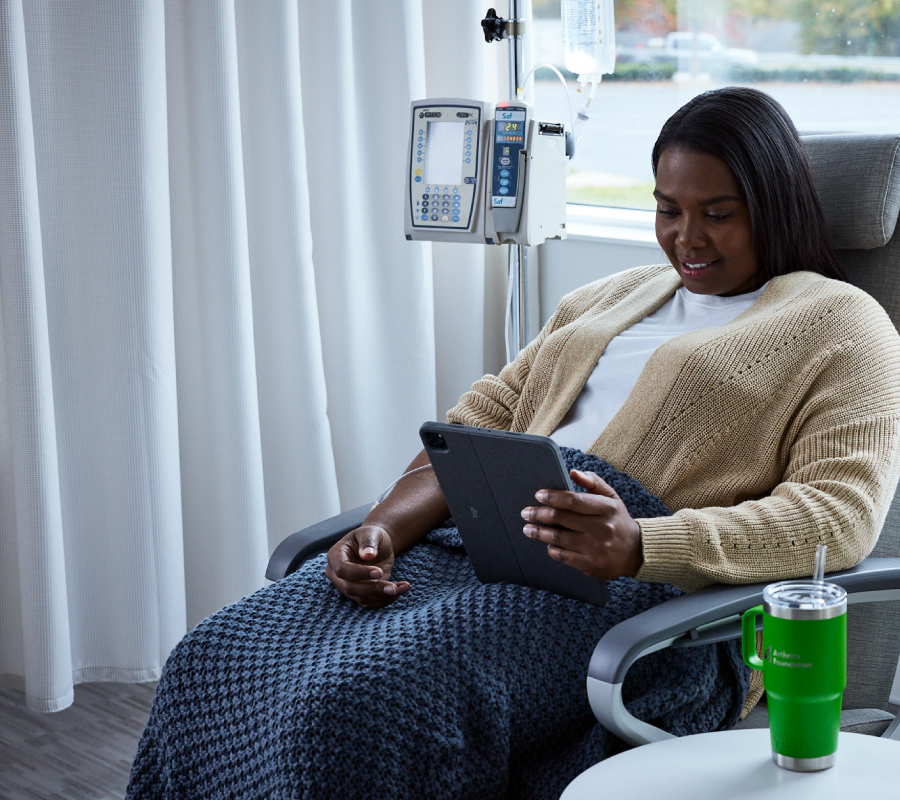Pre-hab for Surgery
You’ve scheduled your joint replacement surgery. If you want to improve the odds of a successful outcome, get in shape before your surgery.
“Fifty percent of outcome success is due to the surgeon, and the other 50% is due to the patient’s commitment to recovery – starting with pre-hab,” says orthopedic surgeon Vonda Wright, MD, chief of Northside Hospital Sports Medicine in Atlanta.
Rehabilitation is an exercise and therapy program performed for up to three months after surgery, and most joint-replacement patients know to expect it. Pre-habilitation – “pre-hab” for short – is an exercise therapy program started at least six weeks (and preferably longer) before surgery.
Effectiveness of Pre-hab
Studies show that knee and hip replacement surgery patients who had participated in water- and land-based strength training, aerobic and flexibility exercises for six weeks prior to surgery reduced their odds of needing inpatient rehabilitation by up to 73%.
Pre-hab stabilizes your pain levels before surgery and gets you back on your feet faster after surgery.
Back on Your Feet Faster
The rewards of pre-hab show within 24 hours after surgery. After knee-replacement surgery, for example, you will be expected to be walking (using crutches or a walker) to the bathroom or in the hallway the day after. You generally must be able to go up and down two to four steps and walk 50 to 100 feet before leaving the hospital (usually in one to four days). Many people now have out-patient joint replacement surgery, and need to be able to get in and out of the car and into bed at home the same day. The improved strength that you gain from pre-hab can help you achieve these milestones.
Patients who are more fit prior to surgery may have shorter hospital stays and fewer outpatient rehab sessions, says physical therapist Steve Sylvester, PhD, assistant professor of health and human performance at Palm Beach Atlantic University in West Palm Beach, Florida. “Patients can more quickly do recommended exercises at home, with follow-up on an as-needed basis, whereas those who haven’t had pre-hab need more hands-on sessions,” he says.
How to Get Pre-hab
The best approach to pre-hab is having individual sessions with a physical therapist, but that can be costly. Despite the proven benefits of pre-hab, not all insurance plans pay for it.
“Insurance can be one of the most difficult obstacles for pre-hab patients,” says Sylvester. “Physical therapy coverage often is limited to six weeks total – including pre-hab and rehab – or pre-hab may not be covered.” If your insurance doesn’t cover pre-hab, talk to your doctor. Some hospitals offer pre-hab as part of a free pre-surgery education course. Or you might be able to schedule just one or two appointments with a physical therapist who can develop a regimen for you to do on your own.

Stay in the Know. Live in the Yes.
Get involved with the arthritis community. Tell us a little about yourself and, based on your interests, you’ll receive emails packed with the latest information and resources to live your best life and connect with others.


